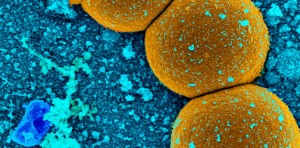Once a year or so, I have a biology student who’s a great photographer or illustrator. We talk about scientific photography or scientific illustration as a career path, but I haven’t been able to offer much beyond that. Well, now I can. A colleague just turned me on to this organization, the BioCommunications Association (http://www.bca.org/about/about.html).
From their website:
A typical BCA member is a dedicated, passionate, creative and technical biological/medical photographer, graphic designer, illustrator or videographer employed by hospitals, medical facilities, colleges, universities and research institutions in the life sciences and health care industry.
They offer an education grant: The fund has awarded grants to applicants from several countries for a wide variety of projects such as preparation for certification, attendance at workshops, photographic exhibit support, and the development of new imaging techniques for the microscope. Awards are limited to no more than 33% of available funds for the year and are typically $500 or less. and Any student, trainee, biocommunicator, or institutional program that can demonstrate a need for project funding may apply. So, it’s only $500, but its something.
They also offer a scholarship to support educational opportunities for full-time undergraduate or graduate student pursuing a career in scientific/biomedical visual communications, at an accredited school.
Additionally, they run an annual BioImages competition. Check out their amazing winners gallery here: http://www.bca.org/gallery/bioimages2014salon.html. Be sure to scroll down for the videos!
Last but not least, check out their nicely curated list of links. They include links to academic programs, inspirations and stock images. Maybe I’ll be inspired to branch out from WikiMedia Images.

Methicillin-resistant Staphylococcus aureus. A bacteria that causes infections and is one that is resistant to many antibiotics.


You must be logged in to post a comment.